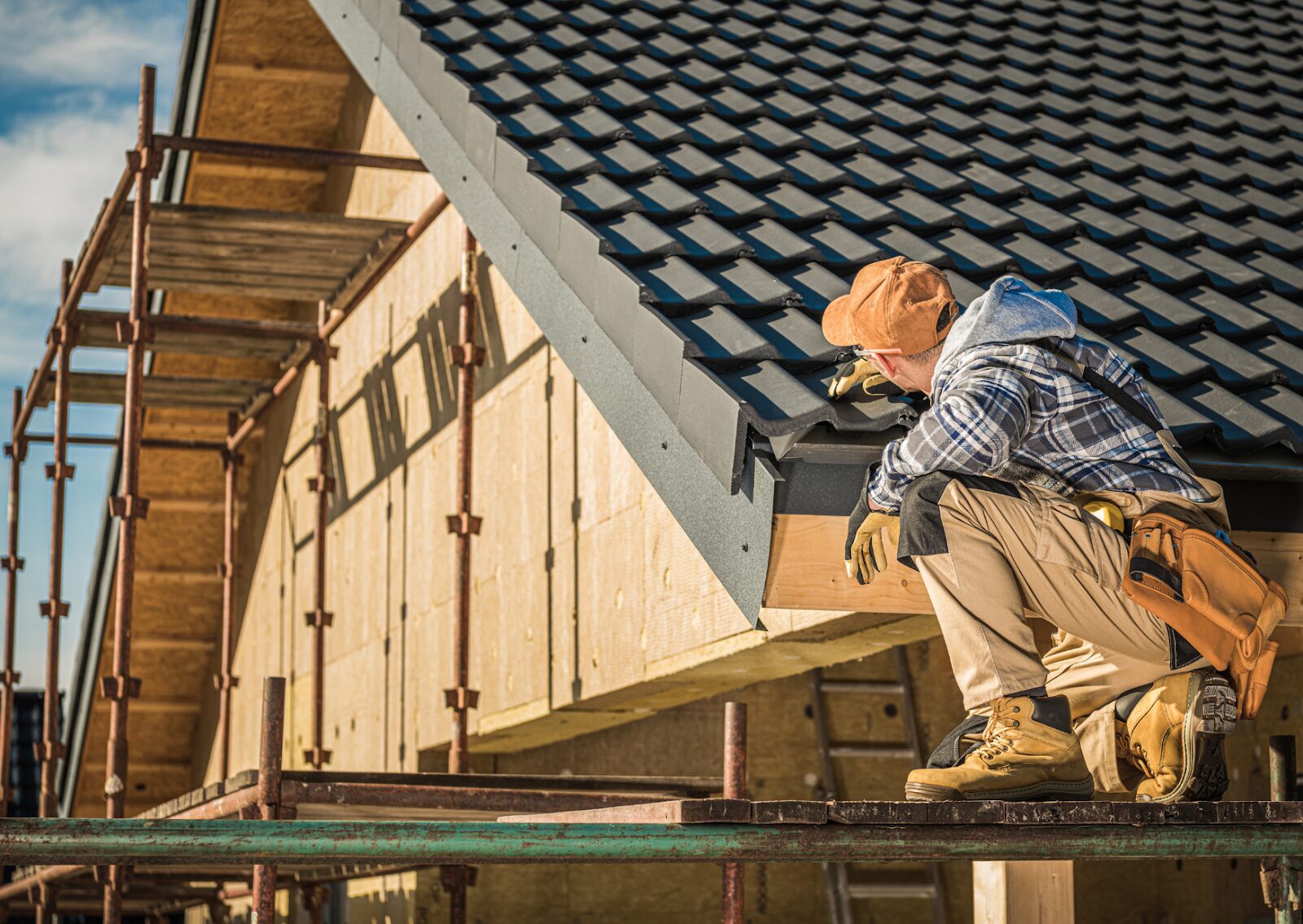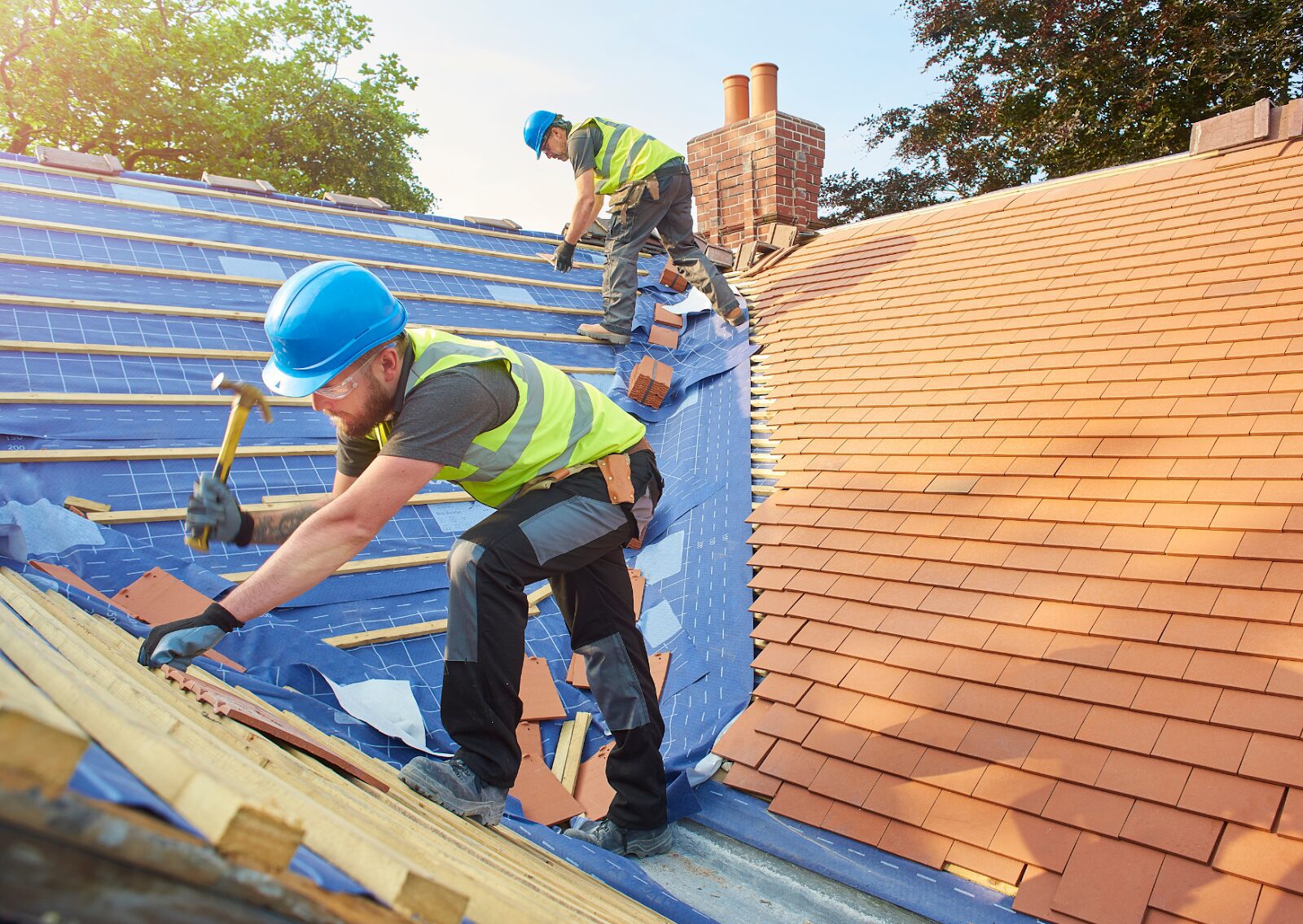When it comes to your home, your roof isn’t just another component—it’s the first line of defense against the elements. At some point, every homeowner will face questions about roof damage, roof repairs, or even a full roof replacement. Whether you’ve noticed missing shingles, a recent leak, or you’re just planning ahead, making informed choices is essential. In this guide, we’ll walk you through the most important things to understand about roof repair for homes—from choosing the right roofing materials to knowing when to call a professional roofing contractor. We’re here to make sure you have the facts, not just opinions, so you can protect your home and your budget with confidence.
What Is Roof Repair for Homes and Why Is It So Important?

Keeping up with roof repair for homes is more than just patching leaks—it’s about protecting your investment. Your home’s roof shields everything beneath it, and even a few missing shingles can lead to significant damage if left unchecked. From minor repairs to extensive repairs, knowing what’s happening above your head can help you avoid costly repairs down the line.
Regular maintenance also helps prolong the lifespan of your roofing materials. Whether you’re dealing with cracked shingles, mold growth, or moisture damage, every problem adds up over time. The earlier you address them, the more you save money on the overall cost of your roof repairs.
How Do Asphalt Shingles Compare to Other Roofing Materials?

Asphalt shingles are one of the most popular options in residential roofing, and for good reason. They’re affordable, easy to install, and available in a variety of styles and colors. Compared to alternatives like metal roofs, tile roofs, or composite shingles, they hold their own in multiple ways. In terms of durability, asphalt shingles typically last 15–30 years. However, metal roofs and slate roof options can outlast them by decades, making them a better fit for long-term investments. When it comes to curb appeal, wood shakes and tile provide a unique aesthetic, though at a higher replacement cost. On the other hand, asphalt shingles remain a budget-friendly solution, particularly for small repairs or partial replacements. Ultimately, choosing the right roofing materials depends on your local weather, roof type, and financial priorities.
When Does the Entire Roof Need Replacement Instead of Repairs?

There comes a time when basic roof repairs just won’t cut it. If your entire roof shows signs of deterioration, such as a sagging roof, multiple leaks, or damaged shingles across large areas, it may be time to invest in a full roof replacement. A few telling signs include a roof that’s over 20 years old, recurring issues with roof flashing, or extensive damage caused by a natural disaster. If the roof’s peak is dipping or you’re constantly scheduling maintenance, replacement may be more cost-effective. Putting off the decision can lead to expensive repairs and even damage to your home’s interior, problems that homeowners insurance may not fully cover.
Should You Cover Roof Replacement or Strip the Existing Layers?

Some roofing contractors offer the option to install new shingles over the old ones, known as a cover roof replacement. While it may seem like a faster, more affordable fix, it’s important to weigh the risks. Adding extra layers increases the load on your roof structure and can conceal moisture damage or rot. Additionally, local building codes often limit the number of shingle layers allowed. Skipping a full tear-off also makes it harder to identify necessary repairs and may void warranties. Although the replacement cost might be slightly higher for a full removal, the long-term peace of mind and extended lifespan of your new roof are worth it.
Is DIY Roof Replacement Ever a Good Idea?

Many homeowners consider diy roof replacement to cut down on labor costs, but this decision isn’t without serious risks. Unless you’re experienced and have proper safety equipment, taking on a roof replacement can be dangerous and costly. Tasks like installing metal flashing, aligning roof shingles, or working on steep roofs aren’t as simple as they appear. Even if the project seems manageable, one mistake can lead to expensive repairs and potentially void your homeowner’s insurance policies. Professional roofers not only bring the right tools but also the expertise to manage debris removal, ensure proper ventilation, and meet local code requirements. If your goal is to save money in the long run, hiring a pro is often the smarter move.
What Should You Know About Metal Roofs Before Choosing One?

If you’re weighing your options, metal roofs deserve serious consideration. They’re known for their longevity, low maintenance needs, and excellent energy efficiency. Unlike asphalt shingles, metal can last 40–70 years with minimal upkeep. You’ll find a variety of styles, including standing seam panels, metal shingles, and corrugated options, each suitable for different roof types. Additionally, metal roofs are fire-resistant and better equipped to handle extreme weather. However, they do come with a higher roof replacement cost upfront and may produce more noise during heavy rain. Still, for many homeowners, the reduced roof repair costs and energy savings make them a worthwhile investment.
Why Hiring a Professional Roofing Contractor Is Worth It

When it comes to something as crucial as your home’s roof, hiring a professional roofing contractor is not just smart, it’s essential. So, what makes a roofer truly professional? They should be licensed, insured, and experienced with your specific roof type, whether it’s a flat roof, tile roof, or wood shingles. A trusted contractor should also have verifiable references and a clear track record. When evaluating options, always ask for proof of licensing and insurance, customer reviews, and a written estimate outlining roof repair costs and timelines. Steer clear of roofing companies that push for immediate commitments, skip the roof inspection, or ask for large upfront payments without documentation. Choosing a reputable provider like M&E Painting and Roofing gives you the confidence that your roof is in capable hands.
What Counts as Minor Repairs and When Are They Enough?

Minor repairs might include sealing a small leak, replacing a few missing shingles, or addressing early signs of roof damage like loose flashing or isolated cracked shingles. In many cases, these quick fixes can be done in just a few hours and can prolong the life of your roof shingles. However, the key is not to ignore them. What starts as a small leak or a couple of missing or damaged shingles can evolve into water intrusion or insulation problems. If caught early, these small repairs are an affordable way to avoid a much larger replacement cost later on.
What Should You Know About Flat Roof Repairs and Maintenance?

Flat roofs require a different approach than pitched systems. They’re prone to standing water, which can cause moisture damage, mold growth, and leaks if drainage isn’t properly managed. Materials used for flat roof installations—like synthetic rubber, PVC, or modified bitumen—need regular checks. If your flat roof develops bubbles, soft spots, or visible pooling, it’s time to schedule a roof inspection. While minor repairs might involve sealing or patching, extensive repairs or re-coating may be necessary in more severe cases.
Are Composite Shingles a Smart Long-Term Choice?

Composite shingles are an attractive alternative to traditional wood shingles, tile roofs, or slate roof designs. Built from a blend of materials, they’re durable, weather-resistant, and mimic the look of higher-end options. They’re a good match for various roof types, especially in areas with fluctuating temperatures. With an expected lifespan of 30–50 years, composite shingles require fewer roof repairs, making them a cost-effective choice over time. For homeowners prioritizing curb appeal, longevity, and a reasonable replacement cost, composites strike an excellent balance.
How Does Homeowners Insurance Affect Roof Repairs and Replacement?

Understanding your homeowners insurance is essential when dealing with roofing issues. While policies vary, most homeowner’s insurance policies will cover damage caused by a natural disaster, wind, or fallen trees. That said, if your old roof fails due to age or neglect, coverage may be denied. Before filing a claim, have a professional perform a detailed roof inspection to document the damage. This is especially important if your claim involves missing shingles, water infiltration, or other signs of significant damage. Knowing what your policy includes can save you headaches and out-of-pocket costs.
What Are the Signs You Need a New Roof, Not Just Repairs?

There are times when repairing a roof no longer makes financial sense. If your home has recurring leaks, widespread damaged shingles, or structural issues like dips near the roof’s peak, you might need a new roof. Other warning signs include excessive debris removal, high energy bills from poor insulation, and granule loss from aging shingles. In these cases, roofing contractors often recommend a full roof replacement to ensure long-term protection and improved energy efficiency.
Ready to Repair or Replace Your Roof? Here’s What to Do Next

If your roof is showing wear or you’re unsure whether a few shingles or a full roof replacement is the answer, it’s time to act. Schedule a professional roof inspection to assess your needs and get a clear understanding of your options. Companies like M&E Painting and Roofing provide trusted guidance, transparent pricing, and expert service for residential roofing needs. Whether you’re looking at minor repairs, replacing asphalt shingles, or installing a modern metal roof, the right contractor will make all the difference. Don’t wait for significant damage to strike—take control now and protect your investment. Call us today!
Final Thoughts
When it comes to roof repair for homes, we believe that the more you know, the better decisions you’ll make. From understanding the signs of damage to evaluating your options—whether it’s a quick fix or a full roof replacement—your roof deserves attention before problems escalate.
At M&E Painting and Roofing, we’re committed to helping many homeowners across the region find smart, cost-effective solutions. Let us be the team you trust to protect what matters most: your home.
Frequently Asked Questions:
1. How do I know if I need roof repair or a full roof replacement?
If your roof has widespread damage, a sagging roof, or is more than 20 years old, a full roof replacement may be more cost-effective than ongoing roof repairs.
2. Are asphalt shingles a good option for residential roofing?
Yes, asphalt shingles are affordable, durable, and versatile. They're ideal for small repairs and budget-conscious homeowners looking for reliable roofing materials.
3. Is it okay to install new shingles over old ones?
While cover roof replacement can save time and money, it may hide moisture damage and is not always allowed by local codes. A full tear-off is usually the better long-term solution.
4. Can I do a DIY roof replacement myself?
DIY roof replacement is risky without proper skills and safety equipment. Mistakes can lead to expensive repairs or void homeowner's insurance policies.
5. Are metal roofs worth the investment?
Metal roofs are durable, energy-efficient, and low-maintenance. While they have a higher roof replacement cost, they offer long-term savings through fewer roof repairs and better insulation.
6. What qualifies someone as a professional roofing contractor?
A professional roofing contractor should be licensed, insured, and experienced in your specific roof type. Look for clear estimates, local references, and proper documentation.
7. What counts as a minor roof repair?
Minor repairs include fixing a few missing shingles, sealing small leaks, or replacing isolated cracked shingles. These can often be done in a few hours.
8. What should I watch for with flat roof maintenance?
Watch for standing water, soft spots, or surface bubbles. These signs of moisture damage may require extensive repairs or professional sealing.
9. Are composite shingles a better choice than traditional materials?
Composite shingles mimic the look of wood shakes and tile roofs but with greater durability and fewer roof repairs, making them a smart long-term option.
10. Does homeowners insurance cover roof repairs or replacement?
Most homeowner's insurance policies cover damage from natural disasters, wind, or fallen trees. Age-related wear or an old roof often isn’t covered, so get a roof inspection before filing a claim.
